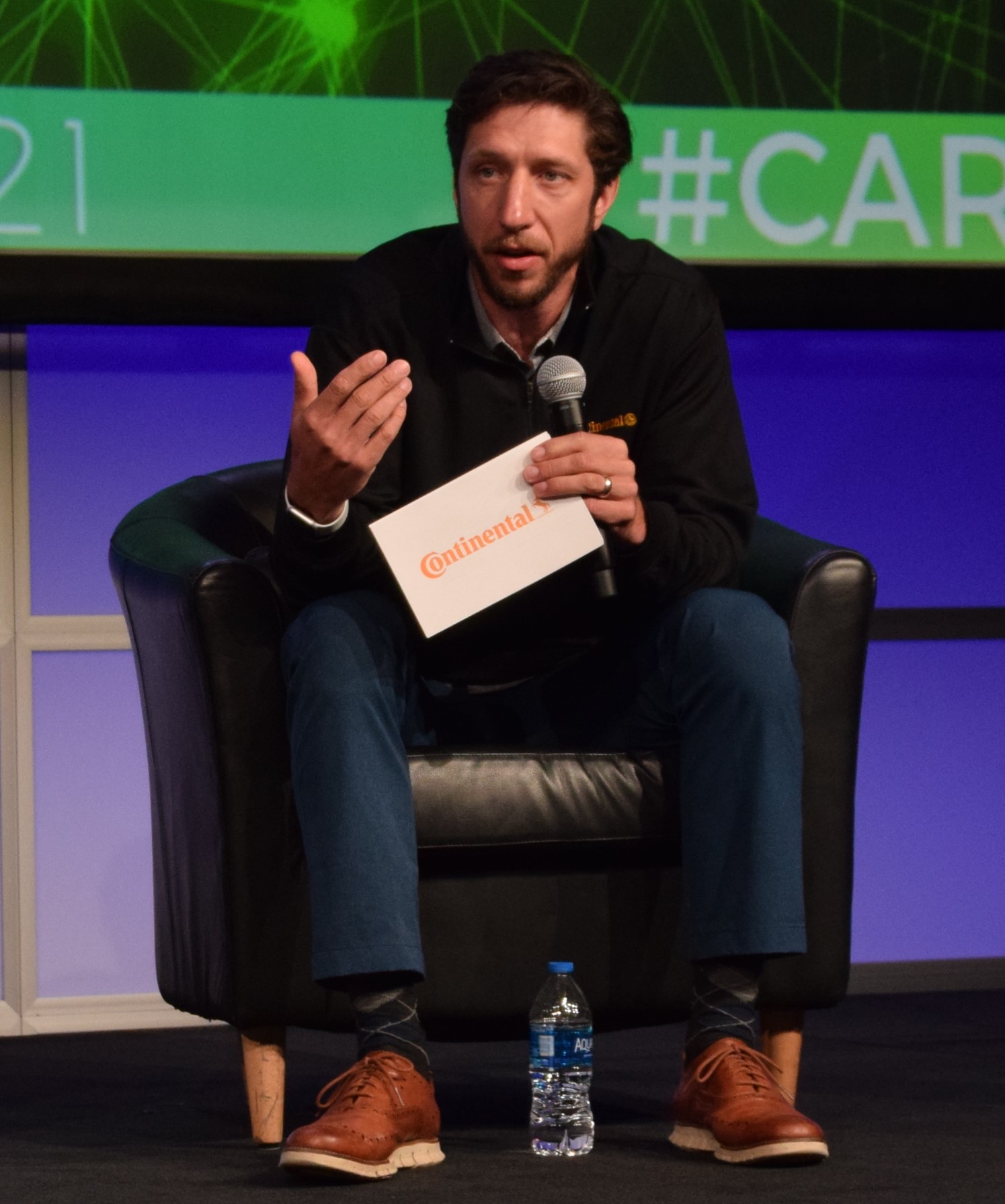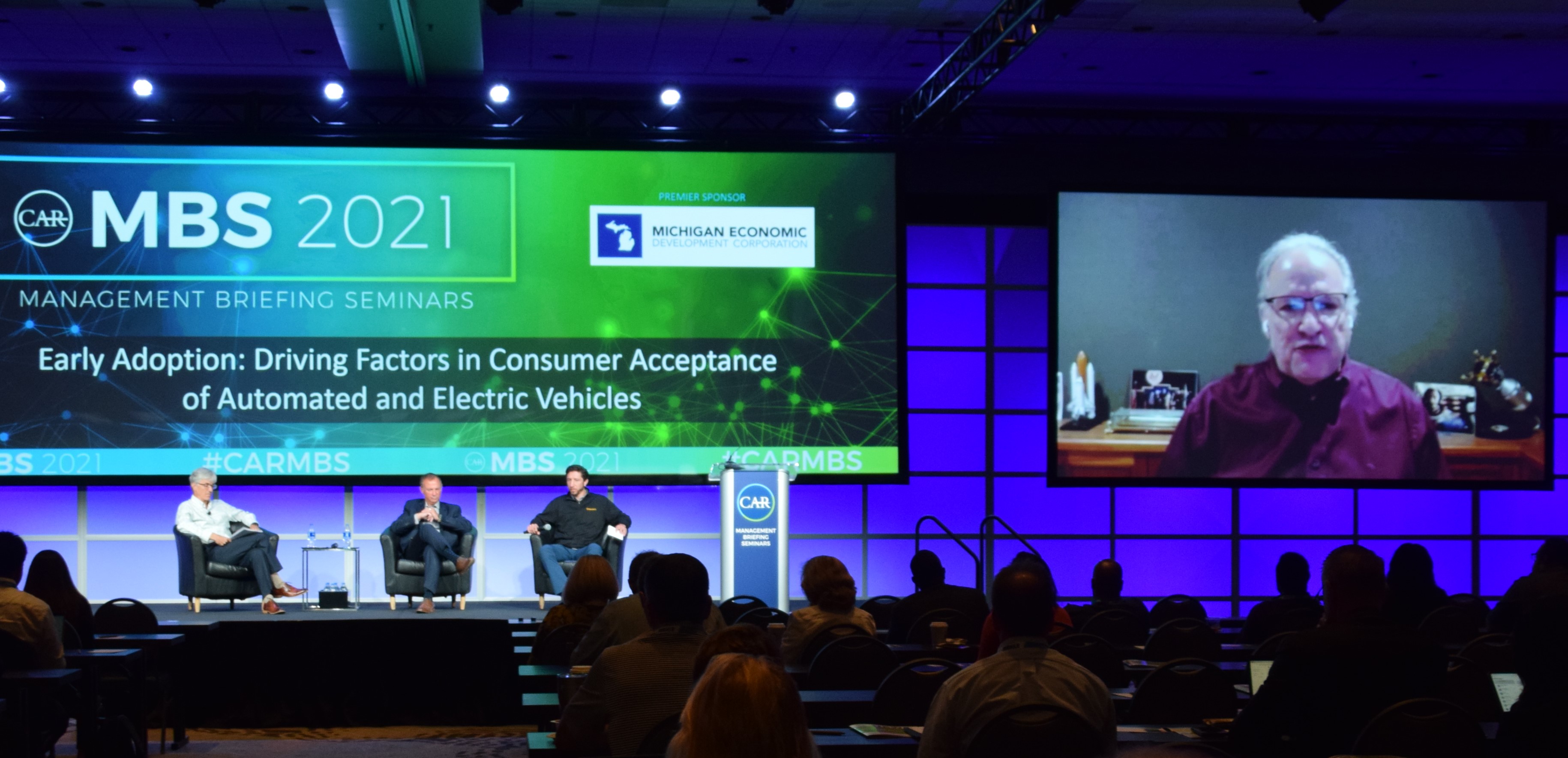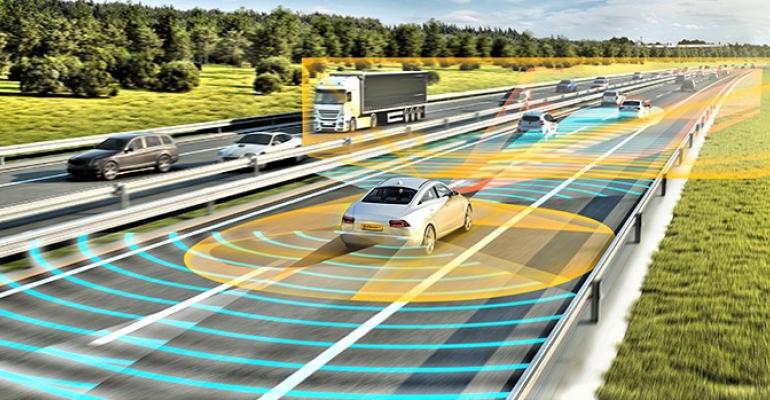How does the auto industry get people to warm up today to the prospect of riding in self-driving cars tomorrow?
One way to stoke public interest – and in many ways allay fears about letting the car take over driving responsibilities – is to get people into the prototypical experimental autonomous vehicles that are around today.
So says Mark Rosekind, chief safety innovation officer at autonomous vehicle company Zoox. He’s a former administrator of the National Highway Traffic Highway Admin.
“There’s an opportunity to give demo rides,” he says during a session at the Center for Automotive Research’s Management Briefing Seminars, an annual auto conference held in Traverse City, MI.
He’s talking about controlled situations, not setting people loose on their own up and down public streets.
But to engender public trust in what seems destined to be a transportation world game changer, “we need to get butts in the seats” of the fully autonomous vehicles the industry has built so far.
Doing so will go a long way toward fostering public acceptance of such a major, behavior-altering innovation, Rosekind says. “People will say, ‘This is great. I can sleep, read while the car drives me.’”
Zoox has built a self-driving vehicle, in part, to help build public trust, Rosekind says.
The purpose-built vehicle is for riders, not drivers. There’s no steering wheel but there are about 100 safety innovations for rider protection, he says. “It shows what you can do if you build from the ground up, building safety into the system.”
In pitching autonomous vehicles to the public, “we need to back what we say with data, (make) transparency and experience,” says Rosekind.
 Referring to the advanced driver-assist systems on modern vehicles today and that will be on self-driving vehicles of tomorrow, Zachary Bolton, (left) head of R&D for Holistic Engineering and Technologies at Continental’s North American operation, says: “We’re talking about humans here. We need for them to understand what we’re doing to their vehicles and why.”
Referring to the advanced driver-assist systems on modern vehicles today and that will be on self-driving vehicles of tomorrow, Zachary Bolton, (left) head of R&D for Holistic Engineering and Technologies at Continental’s North American operation, says: “We’re talking about humans here. We need for them to understand what we’re doing to their vehicles and why.”
Various surveys indicate many people, particularly older generations, are wary of ceding driving responsibilities to self-driving cars. J.D. Power qualified one such survey by noting it is tricky to get consumers’ take on an automotive product they’ve never been in and isn’t on the market yet. (Opinions vary as to when autonomous vehicles will become mainstream. Early predictions were overly optimistic.)
Younger people appear more receptive than their elders to the idea of riding in a self-driving car, according to a Cox Automotive survey that included children’s opinions.
Isabelle Helms, who heads Cox research operations, noted an interesting survey result when it comes to what kids think: Children of an age where they are relegated to riding in the backseat of a family vehicle were more likely to say they would be OK with letting a prospective autonomous vehicle do the driving.
But when children become old enough to move up to the front passenger seat, their attitude can change. That group was more prone to say that when they become of age they want to do the driving, not have the car do it for them, the Cox survey said.
Steve Finlay is a retired WardsAuto senior editor. He can be reached at [email protected].

Mark Rosekind speaks remotely on MBS panel.





